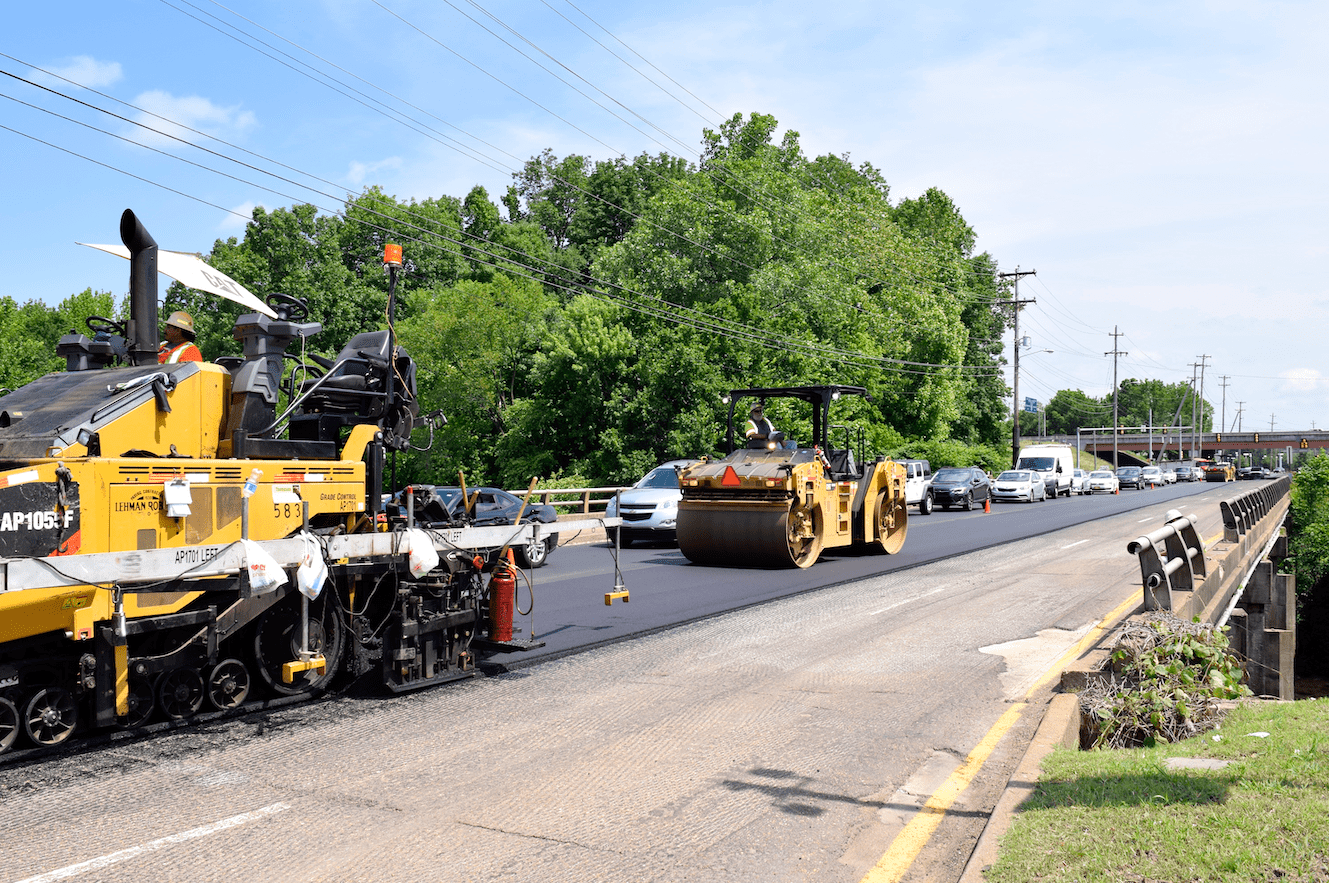By: Fara Foster, Director of Communications & Community Engagement
Each year during the month of June, our family of companies celebrates National Safety Month. We use this time of reflection to remind both ourselves and motorists of the crucial importance of work zone safety.
For many of our team members, when you’re passing through a work zone, you’re driving through their office for the day. According to the National Work Zone Safety Information Clearinghouse, there were 755 highway work zone fatalities in 2018. Of that amount, 84% of the fatalities were motorists or their passengers.
The repercussions of reckless or impatient driving near work zones have a ripple effect that is felt by more than just those directly involved in an accident. Many of the men and women you see hard at work making our roadways better have a very important reason for their daily commitment to safety: their loved ones back at home, who are waiting for their spouse, parent, grandparent, sibling, or friend to return.
Remember that we seek to improve the roadways of our communities for your safety, so help return the favor by helping us uphold work zone safety. Next time you see orange cones in the distance through your windshield, think R.O.A.D.S:
R – Remember not to change lanes when entering a work zone.
This helps work zone crews ensure that both your vehicle and our teammates stay out of harm’s way. It also keeps your car from accidentally ending up in a tough spot near large machinery.
O – Orange = Warning.
Our roadway teams use orange to warn you of slowing traffic, lane closures and work being done with people and large equipment. When you see orange, reduce your speed and increase the distance between your car and others.
A – Avoid all distractions.
While the typical work zone safety advice of putting your phone down and keeping your eyes up rings true here, there are other distractions that can peel your eyes away from the road ahead. They may take the form of eating or drinking, changing the radio station, using devices that aren’t hands free, or even conversing with passengers in your vehicle.
D – Don’t cut off large vehicles.
The projects we work on often require large machinery to accomplish our end goal of smooth, beautifully paved roadways. However, it takes large trucks to haul this equipment. Piloting these large vehicles often takes a great deal of focus from the driver, so as to protect themselves and other motorists around them. Whether you spot a truck en route to drop off equipment to begin the day or loading up equipment in the evening, remember not to cut these vehicles off. Making your way into the blind spots of these trucks have repercussions that could be fatal.
S – Speeding + Tailgating = Chipped Windshields.
Everyone prefers driving on smooth roadways. However, to improve our roadways, the old asphalt must first be milled – and that process can often get messy. To help prevent a chipped windshield, slow down and increase your distance from the cars around you. Additionally, remember not to resume normal speed until you are completely out of the work zone area.
When you enforce work zone safety with defensive driving techniques, you save lives and also protect the livelihoods of many. So, the next time you approach a work zone, just remember the R.O.A.D.S. that will see you through a work zone safely.










